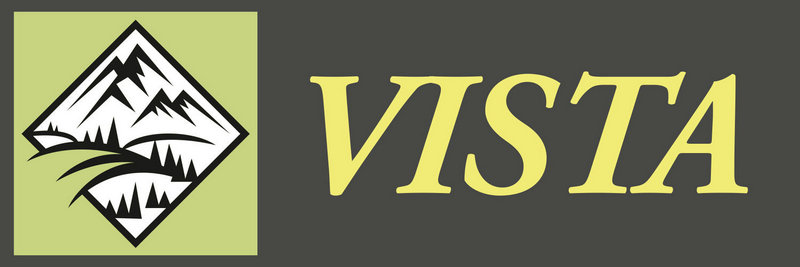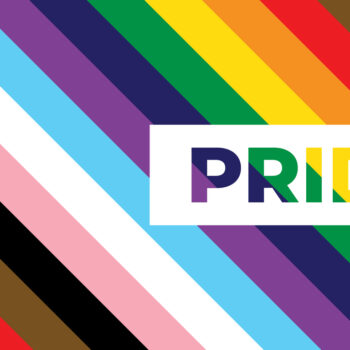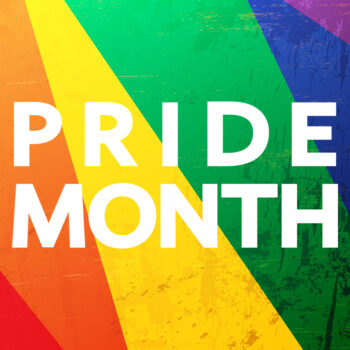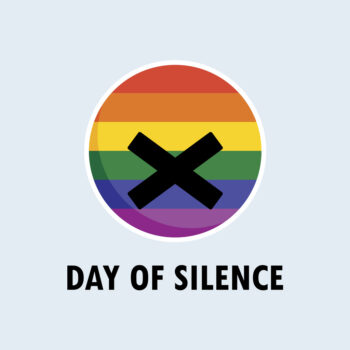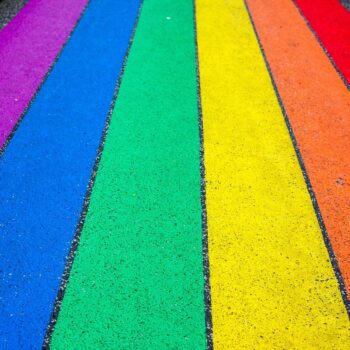By: Tanya Kramer
Welcome to PRIDE month!
During this month, you will find parades, street parties, peaceful protests, and various educational events about LGBTQ+ issues to raise political awareness of current issues facing the community.
You can find a PRIDE event in most major cities, but New York holds the honor of consistently holding the largest PRIDE event in the United States, with over 2 million people in attendance in 2019.
Brazil is where you go if you want to enjoy the biggest PRIDE event on earth which can reach 5 million attendees.
Portland PRIDE will be celebrated on July 15-16 (not June) in downtown Portland near the waterfront.
The reasons given for moving it from June to July vary, but some include circumventing rain and avoiding the overlap with Father’s Day, Juneteenth and the Delta Park Pow Wow.
Portland’s first PRIDE month was celebrated in 1975 with 200 people. The crowd from last year’s celebration was around 8,000 people.
If you are unfamiliar with the origins of PRIDE month, then here is a brief history:
- June 28, 1969 is known as the Stonewall Uprising people were enjoying themself at a prominent gay bar in Manhattan’s Greenwich Village when a police raid occurred resulting in bar patrons (including trans individuals) and employees being roughly hauled out of the bar resulting in six days of protests and violent clashes with law enforcement outside the bar on Christopher Street and neighboring streets.
- The following six months resulted in 2 gay activist groups which formed in New York and the beginning of a movement.
- A year after the Stonewall Uprising, Brenda Howard, a bisexual activist, helped organize the first Gay Pride Week and the Christopher Street Liberation Day Parade where the theme was Say it Loud, Gay is Proud. This parade has over the years turned into the New York City Pride March. For this reason, Brenda is sometimes called the Mother of Pride.
- In the years immediately following the “Christopher Street Liberation Day Parade”, many other cities across the country had their own PRIDE parades and events. Portland, Oregon, held its first PRIDE parade in 1975.
- The PRIDE Flag was designed and used for the first time in San Francisco’s Pride March in 1978. Harvey Milk asked a talented designer and friend named Gilbert Baker to create it for the event.
- The movement that started with the Stonewall Uprising continued to grow throughout the remaining 1970’s, 1980’s and 1990’s. This resulted in the forming of a number of prominent organizations including the Gay Liberation Front, the Human Rights Campaign, GLADD (formally Gay and Lesbian Alliance Against Defamation) and PFLAG (formerly Parents, Families and Friends of Lesbians and Gays).
- In June 1999, President Bill Clinton declared the anniversary of Stonewall every June in America as Gay and Lesbian Pride Month.
- In 2011, President Barack Obama expanded the officially recognized Pride Month to include the whole LGBTQ+ community.
- In 2016, President Barack Obama designated the site of the Stonewall Uprising, including Christopher Park and the surrounding streets and sidewalks, as a national monument in recognition of the area’s contribution to gay rights.
PRIDE is an acronym that stands for Professionalism, Respect, Integrity, Diversity, and Excellence.
The PRIDE Flag has eight colors that represent the following:
- Pink – Sexuality
- Red – Life
- Orange – Healing
- Yellow – Sun
- Green – Nature
- Turquoise – art
- Indigo – harmony
- Violet – Soul
